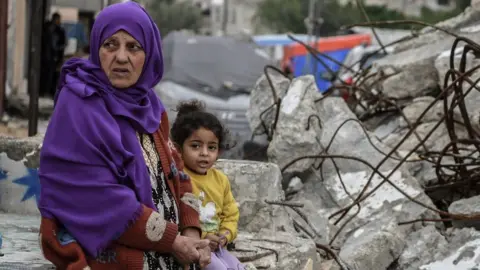
The group, whose name stands for Islamic Resistance Movement, wants to create an Islamic state in place of Israel. Hamas rejects Israel’s right to exist and is committed to its destruction.
Hamas justified its attack as a response to what it calls Israeli crimes against the Palestinian people.
These include security raids on Islam’s third holiest site – the al-Aqsa Mosque, in occupied East Jerusalem – and Jewish settlement activity in the occupied West Bank.
 Getty Images
Getty ImagesHamas also wants thousands of Palestinian prisoners in Israel to be freed and for an end to the blockade of the Gaza Strip by Israel and Egypt – something both countries say is for security.
It has fought several wars with Israel since it took power, fired thousands of rockets and carried out other deadly attacks.
Israel has repeatedly attacked Hamas with air strikes and sent troops into Gaza in 2008 and 2014.
Hamas, or in some cases its armed wing alone, is considered a terrorist group by Israel, the US, the EU, and the UK, among others.
Iran backs Hamas with funding, weapons and training.

Why is Israel fighting in Gaza?
Israel immediately began a massive campaign of air strikes on targets in Gaza, in response to the Hamas attack
Prime Minister Benjamin Netanyahu said Israel’s aims were the destruction of Hamas and the return of the hostages.
Israel launched a ground invasion three weeks later. It has also bombarded Gaza from the sea.
Attacks were initially focused on northern Gaza, particularly Gaza City and tunnels beneath it, which Israel said were the centre of military operations by Hamas.
All 1.1 million people living in the north were ordered by Israel to evacuate south for their safety.
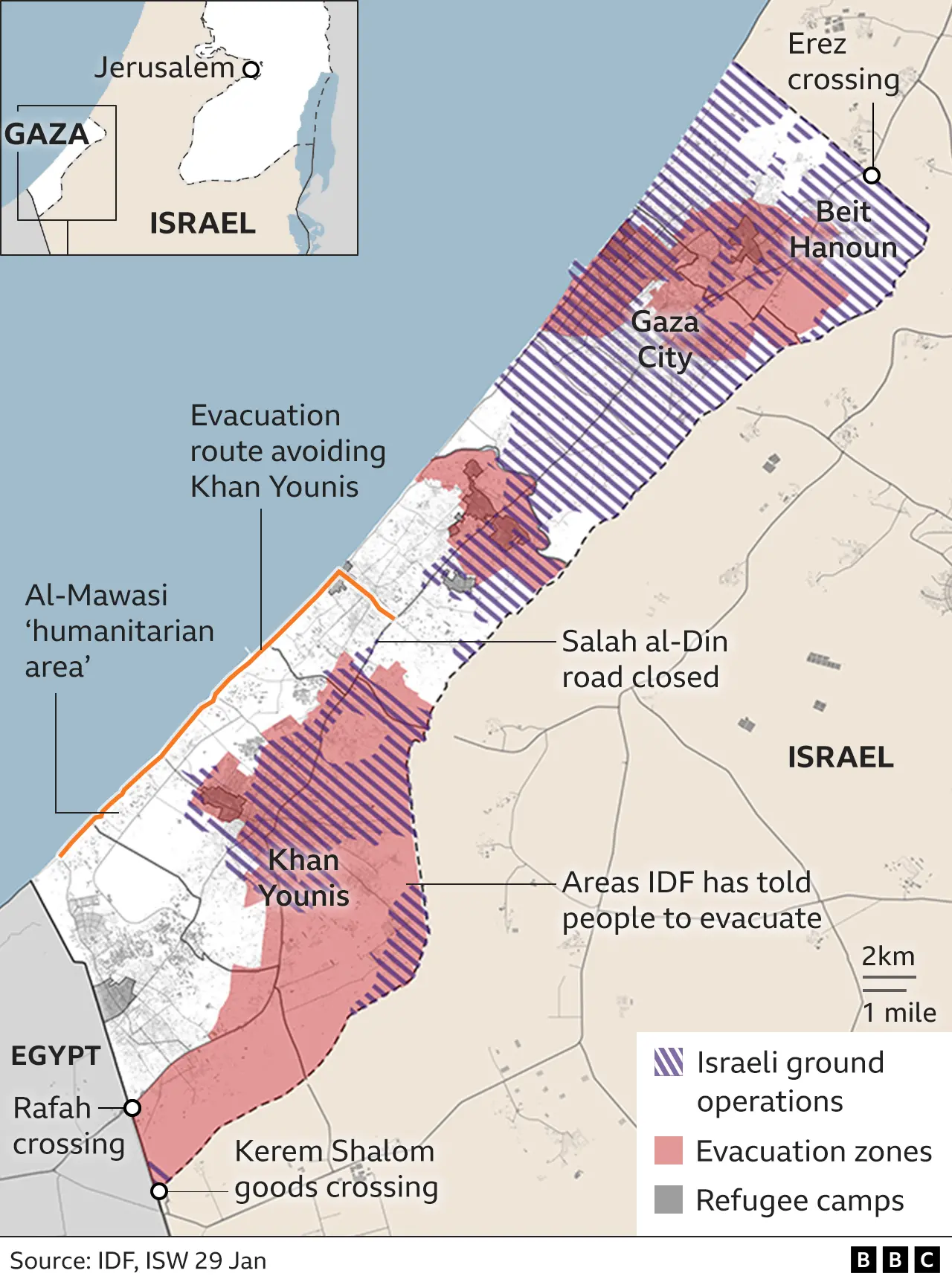
Following a temporary truce in late November, the Israel Defense Forces (IDF) said it was extending ground operations to southern Gaza.
Troops reached the heart of the second biggest city, Khan Younis, where the IDF said it believed top Hamas commanders were hiding. The IDF also pushed into refugee camps in central Gaza.
Hundreds of thousands of displaced people from the north were forced to move further south.
Israel says it plans to invade the southern town of Rafah, where about 1.5m have crowded to escape fighting elsewhere.
More than 28,000 Palestinians have been killed, and tens of thousands injured by Israeli strikes since the start of the war, according to Gaza’s Hamas-run health ministry. It says most were women and children.
The IDF says it has killed about 9,000 Hamas fighters, in addition to more than 1,000 of the attackers inside Israel. It has not said how it came to this figure.
Israel says more than 230 of its soldiers have been killed in Gaza.
Homes and other buildings in Gaza have suffered from extensive damage and destruction.
Who are the hostages and how many have been freed?
Most of the 253 men, women and children abducted by Hamas were civilians.
They included elderly people and those with disabilities and medical conditions. The youngest was nine months old.
In Gaza, Hamas hid them in tunnels and fighters’ homes. Unconfirmed reports suggest some have been held by other militant groups.
During November’s truce, 105 hostages (81 Israelis and dual nationals, and 24 foreigners) were released in exchange for 240 Palestinians held in Israeli jails.
Four hostages had previously been freed by Hamas and three rescued by the IDF – one on 29 October and two on 12 February.
Three hostages were accidentally killed by Israeli troops who mistook them for Hamas fighters.
What is happening with Gaza civilians and hospitals?
Israel cut off supplies of food, water and fuel, to pressure Hamas into releasing hostages.
It led to severe shortages among Gaza’s population.
Israel has since allowed in humanitarian aid, medicines and limited amounts of fuel.
However, the amount of aid getting into Gaza is well below pre-war levels.
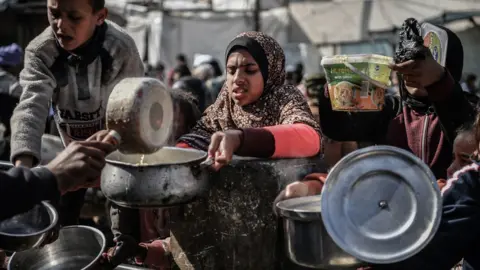 Getty Images
Getty ImagesThe UN has accused Israel of obstructing the delivery of aid, while Israel has blamed the UN for problems.
The UN has described the situation in Gaza as “horrific”, with shelters overflowing, and food and water running out. Ithas alsowarned of a growing risk of famine.
Gaza’s health system is in a state of collapse.
Only 16 out of its 36 hospitals are partially open.
They are overwhelmed by the huge number of injured and are struggling with shortages of staff, medical supplies, food, fuel and water.
Where is the Gaza Strip and how big is it?
The Gaza Strip is a 41km (25-mile) long and 10km-wide territory between Israel, Egypt and the Mediterranean Sea.
Previously occupied by Egypt, Gaza was captured by Israel during the 1967 Six-Day War.
Israel withdrew its troops and about 7,000 settlers from the territory in 2005.
Home to 2.2 million people, it is one of the world’s most densely populated places.
Just over three-quarters of Gaza’s population are registered refugees, or descendants of refugees, the UN says.
Israel controls the air space over Gaza, its shoreline and its shared border, and limits the movement of people and goods.
What is Palestine?
The West Bank and Gaza are known as the Palestinian territories.
Along with East Jerusalem and Israel, they formed part of land known as Palestine from Roman times until the mid-20th Century.
In 1948, part of Palestine became Israel, which was recognised by the UN the following year.
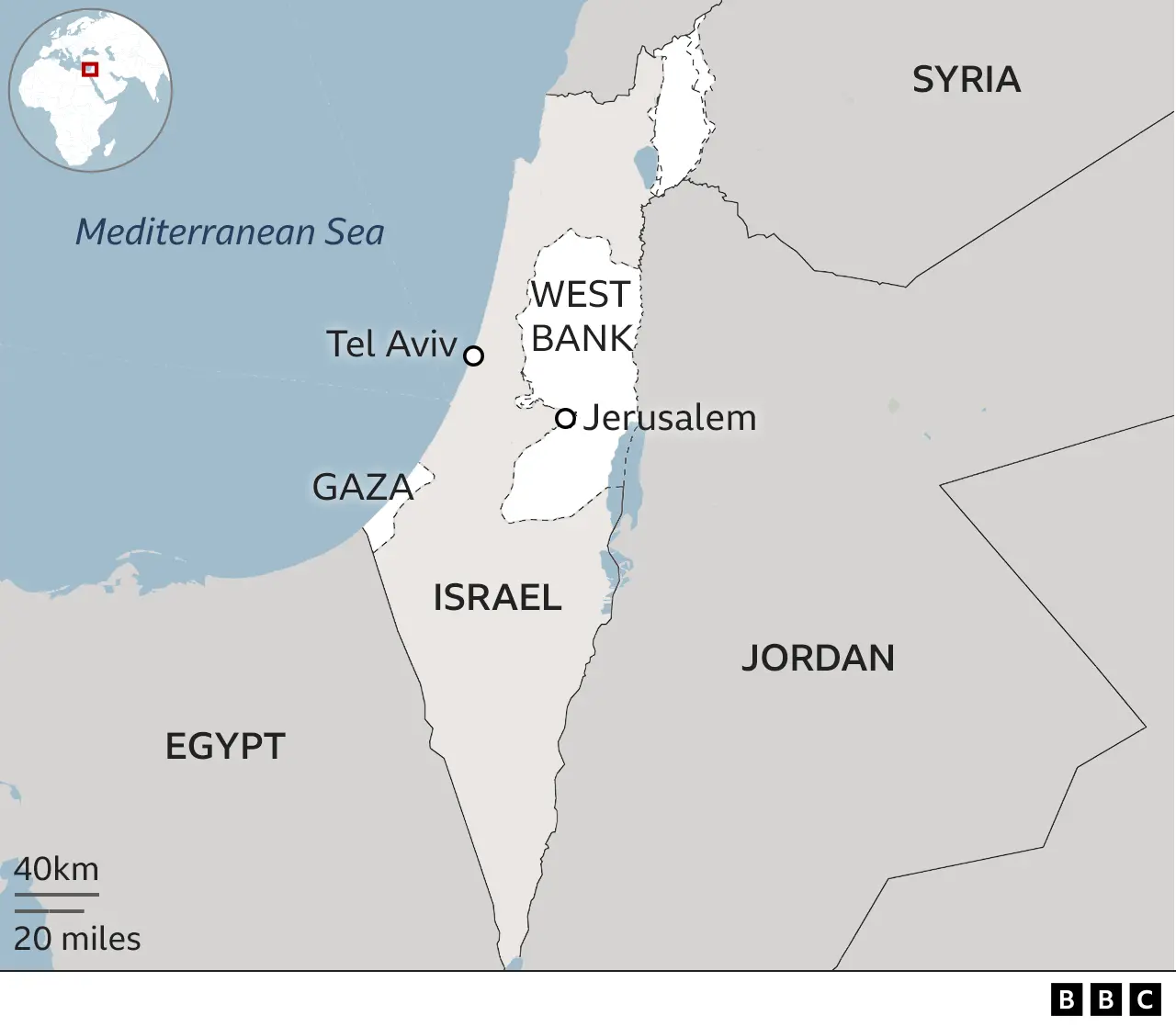
The West Bank – including East Jerusalem – and Gaza are recognised as Palestine by many countries and bodies, although it does not have UN member status.
Those who do not recognise Israel’s right to exist refer to all of the West Bank, Jerusalem, Gaza and Israel as Palestine.
The UN considers the West Bank and Gaza as a single Israeli-occupied territory.
However, the two areas are run by rival Palestinian administrations.
The West Bank is governed with limited self-rule by the Palestinian Authority (PA), under President Mahmoud Abbas, and Israel has overall control. The PA officially recognises Israel. Hamas, in Gaza, does not recognise Israel.
What is the two-state solution?
The future of the West Bank and East Jerusalem is one of the most difficult issues of the Israel-Palestinian conflict.
An internationally backed plan for peace is known as the “two-state solution”.
It would mean an independent Palestinian state in the West Bank and Gaza, with East Jerusalem as its capital. This Palestinian state would exist alongside Israel.
Israel’s most important ally, the US, sees a two-state solution as the way forward once the Gaza war ends.
A two-state solution is also formally supported by the PA.
However, since 1967, Israel has built about 140 settlements housing some 700,000 Jews in the West Bank and East Jerusalem.
The settlements are regarded as illegal by most of the rest of the world, though Israel disputes this.
The PA insists all settlements must be removed as part of any future peace deal.
The idea of a two-state solution has never been officially advocated by Israel, and Prime Minister Netanyahu has repeatedly stated his opposition.
He says Israel must retain full security control over the West Bank and Gaza.
Like Our Story ? Donate to Support Us, Click Here
You want to share a story with us? Do you want to advertise with us? Do you need publicity/live coverage for product, service, or event? Contact us on WhatsApp +16477721660 or email Adebaconnector@gmail.com




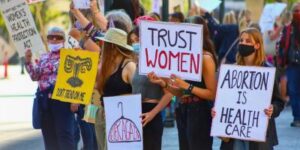





kenivhqlYEsQTI